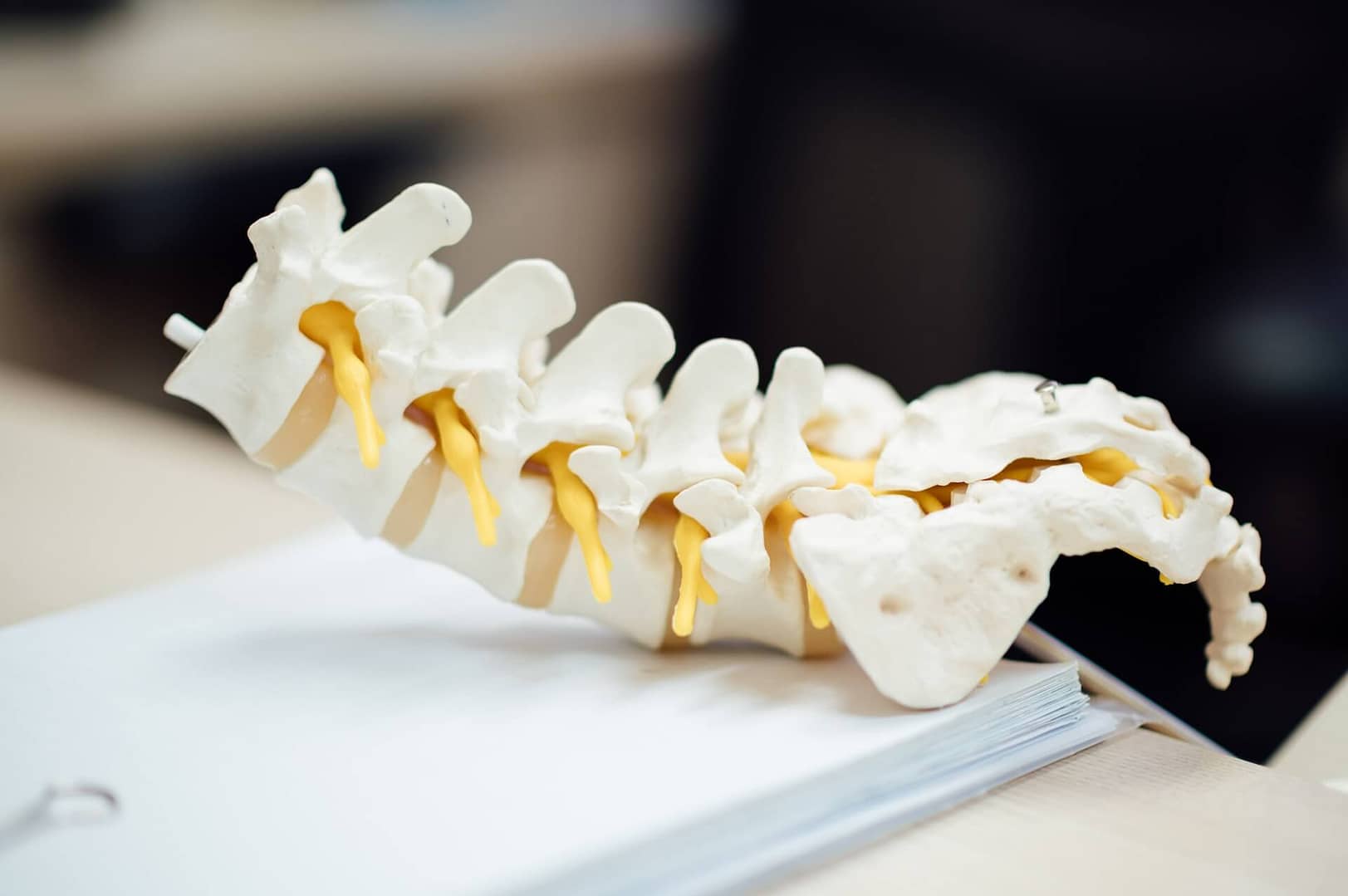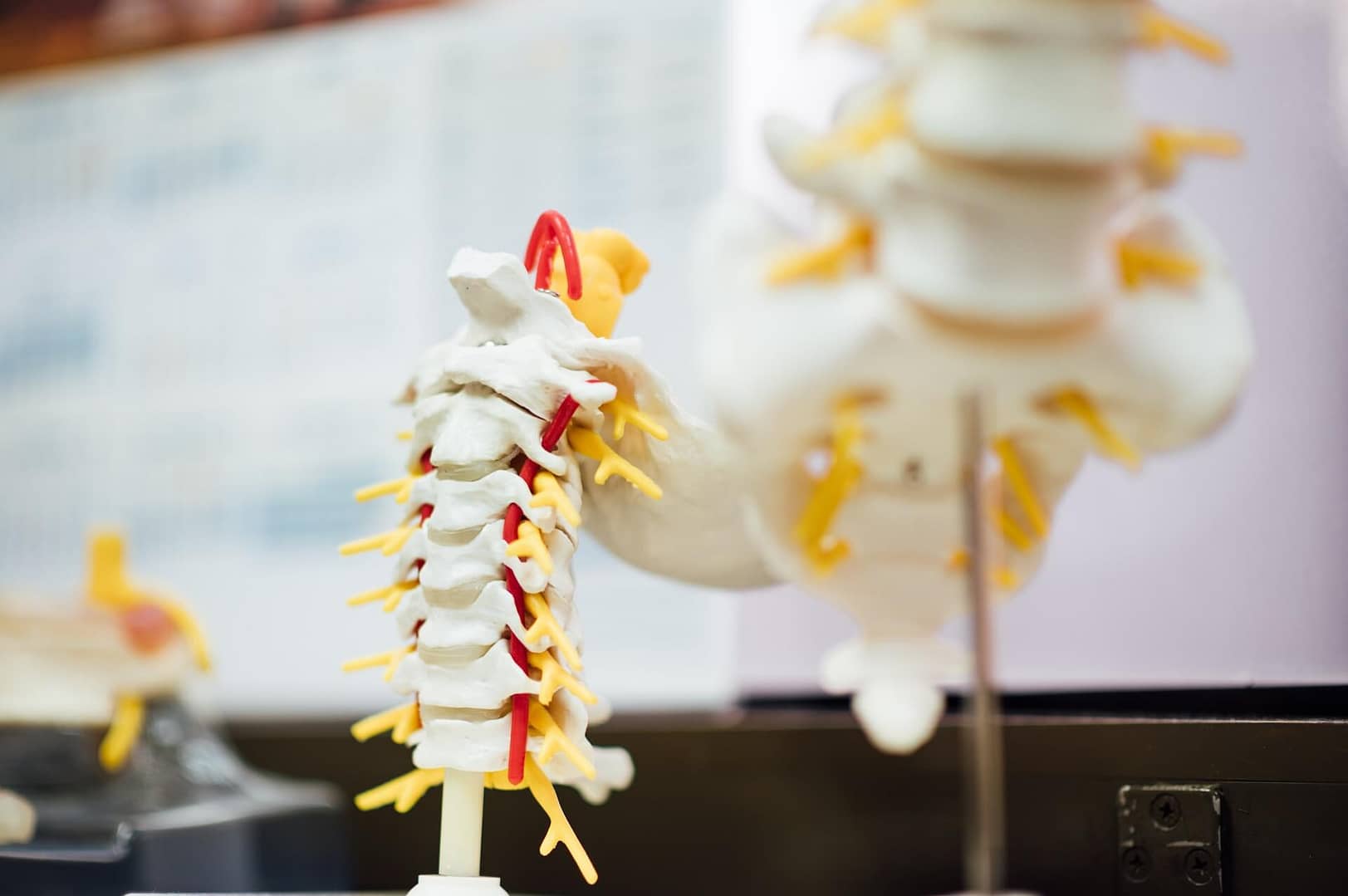In the realm of human anatomy, the spinal cord stands as a sentinel, transmitting vital signals between the brain and the rest of the body. However, it’s a delicate structure, susceptible to injury that can have profound and life-altering consequences. To comprehend the intricacies of spinal cord injuries, we must delve into the mechanisms that can lead to this profound disruption of the nervous system.
The Spine’s Vulnerability
Our journey begins with a fundamental understanding that the spine, composed of vertebrae, provides a protective encasement for the spinal cord. Imagine it as a fortress guarding the neural highway. Despite this built-in protection, the spine is not impervious to harm, and injuries can occur through various mechanisms.
Mechanism 1: Traumatic Impact
The first mechanism involves the dramatic narrative of traumatic impact. Picture a scenario where external forces, whether from a fall, accident, or sports-related incident, lead to a sudden jolt or blow to the spine. This impact can cause fractures, dislocations, or compression of the vertebrae, directly affecting the spinal cord within.
Mechanism 2: Flexion and Extension Injuries
Now, let’s shift our focus to the second mechanism—flexion and extension injuries. Think of the spine as a flexible rod. When excessive force causes it to bend beyond its normal range, injuries can occur. This mechanism often plays out in car accidents, where the body is subjected to rapid deceleration or acceleration, forcing the spine into extreme flexion or extension.
Mechanism 3: Axial Loading
Our third mechanism, axial loading, introduces a scenario where a vertical force is applied to the spine. This can happen in situations like a fall from a height, where the impact is concentrated on the top of the head. The resulting compression can lead to fractures in the vertebrae, potentially damaging the spinal cord in the process.
Mechanism 4: Rotational Injuries
Lastly, let’s explore the captivating world of rotational injuries. Imagine a scenario where the upper and lower parts of the body move in opposite directions. This twisting motion can wreak havoc on the spine, causing fractures and displacements that compromise the integrity of the spinal cord.
Unravelling the Most Common Mechanism
As we navigate through these mechanisms, it’s crucial to highlight the most prevalent culprit behind spinal cord injuries. Among the four mechanisms, traumatic impact stands out as the most common cause. Whether it’s a car crash, a fall, or a sports-related incident, the sheer force generated during impact can lead to immediate and severe consequences for the spinal cord.
Understanding the prevalence of traumatic impact underscores the importance of preventive measures, emphasising the need for safety protocols, protective gear, and awareness campaigns. By addressing this common mechanism, we take a significant step towards minimising the incidence of spinal cord injuries.
The Ripple Effect on the Nervous System
Now that we’ve explored the mechanisms, let’s unravel the ripple effect of spinal cord injuries on the nervous system. The spinal cord, akin to a superhighway of information, facilitates the communication between the brain and the body. When injury disrupts this flow, the consequences can be profound and varied.
Consider the loss of sensation and motor function. Depending on the location and severity of the injury, individuals may experience paralysis or impaired movement in specific regions of the body. The disruption of sensory signals can result in numbness, tingling, or the loss of the ability to perceive touch or temperature.
Navigating the Maze of Rehabilitation
As we journey further, we encounter the challenging terrain of rehabilitation. Rehabilitation becomes a crucial chapter in the aftermath of a spinal cord injury, aiming to maximise recovery and enhance the individual’s quality of life. This process involves a multidisciplinary approach, encompassing physical therapy, occupational therapy, and psychological support.
The goal is not only to address the physical limitations but also to empower individuals with the tools and strategies to navigate the complexities of daily life. Adaptive technologies, mobility aids, and therapeutic interventions play pivotal roles in this narrative, offering hope and possibilities for those on the road to recovery.
Making a Serious Injury Claim with National Claims
In the event of a spinal cord injury, the financial burden can be overwhelming. National Claims understands the complexities of such situations and provides a guiding hand through the process of making a serious injury claim. Our team of experts is dedicated to assisting individuals in securing the compensation they deserve, easing the financial strain associated with spinal cord injuries.
At National Claims, we recognize the unique challenges posed by spinal cord injuries and tailor our approach to ensure a seamless claims process. From gathering evidence to navigating legal intricacies, our team is committed to advocating for the rights of those affected by spinal cord injuries.
Breaking the Stigma
In our quest for understanding, it’s essential to break down the walls of stigma surrounding spinal cord injuries. Society often grapples with misconceptions and stereotypes, perpetuating myths that can hinder the integration of individuals with spinal cord injuries into various facets of life.
By fostering awareness and education, we dismantle these barriers and pave the way for inclusivity. People with spinal cord injuries are not defined solely by their condition; they are individuals with aspirations, talents, and the capacity to contribute meaningfully to society.
A Call to Action
As we conclude our exploration, let’s heed a call to action. Understanding the mechanisms of a spinal cord injury goes beyond mere knowledge; it’s a journey of empathy, compassion, and advocacy. By championing safety measures, supporting rehabilitation efforts, and fostering inclusivity, we contribute to a world where the impact of spinal cord injuries is minimised, and individuals affected can lead fulfilling lives.
In the tapestry of human experience, spinal cord injuries are but one thread. Through understanding, support, and collective action, we weave a narrative that embraces resilience, hope, and the unwavering spirit of those navigating the intricate paths of spinal cord injury.

Conclusion
In the intricate dance of life, where unforeseen twists can lead to profound challenges, our understanding of spinal cord injuries becomes a beacon of hope. Through knowledge, empathy, and proactive measures, we can transform the narrative surrounding spinal cord injuries, offering a brighter future for those impacted. As we close this chapter, let the resonance of awareness and advocacy echo, creating a world where spinal cord injuries are not just understood but met with compassion and comprehensive support.
Start your claim today with the help of one of our claims specialists. Contact us now!
Click below to see why we are one of the most trusted claims management companies in the UK.

We’re proud of our excellent customer reviews
We thrive on delivering exceptional service and ensuring our clients’ satisfaction. Don’t just take our word for it. Check out some of our independent reviews to see what our clients have to say.
Excellent

This firm is excellent, they sorted out my car pay out and injury claim very fast, they always communicate with you all the time.

My accident case was dealt with confidence and with great result of the outcome, especially James kept me informed all the time.

I was very impressed at the way my inquiry was treated. I was listened to attentively and everything I needed to know was explained to me.






